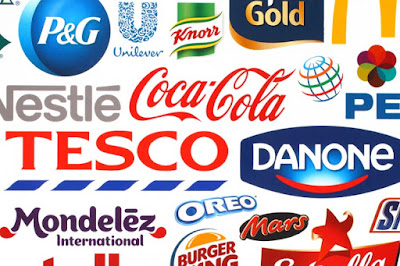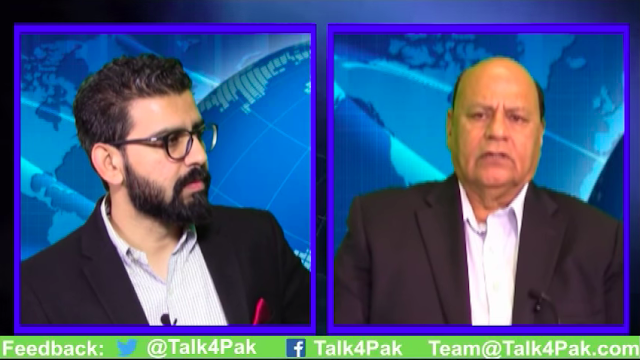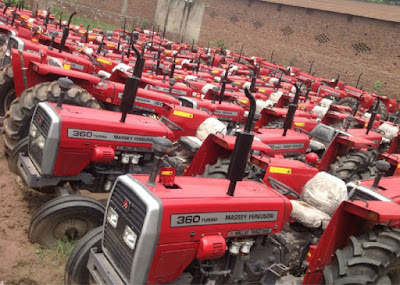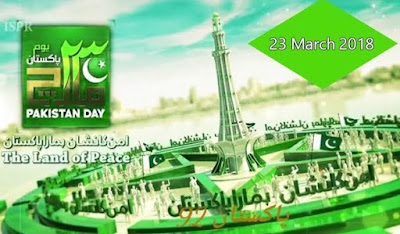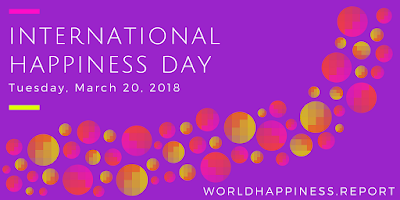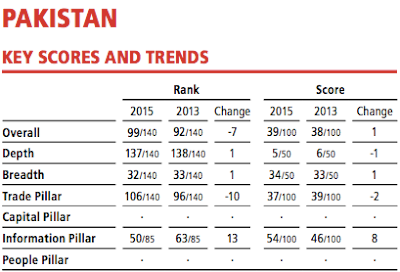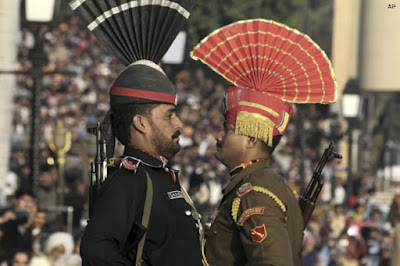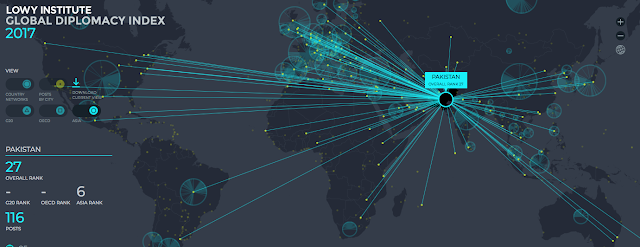India-Pakistan Nuclear Arms Race

Why has Pakistan developed and successfully tested nuclear-capable MIRV (Multiple Independent Re-entry Vehicles) and SLCM (Submarine Launched Cruise Missile)? How do these additions to Pakistan's nuclear arsenal enhance its nuclear deterrence against India? Was Pakistan forced into these technologies by India's development of anti-ballistic missiles and nuclear triad ? How will India respond to these developments? Does India have multiple warhead missiles under development? Indian Children's Book Cover. Source: New York Times Why has Pakistan developed tactical nuclear weapons like short-range Nasr missile? Can't Pakistan use its conventional armed forces to effectively deter India's plans under its Cold Start Doctrine (CSD)? What is Pakistan's New Concept of War Fighting (NCWF) Doctrine? Would Pakistan be able to mobilize its conventional forces rapidly? Would Pakistan army, air force and navy be able to coordinate their response under NCWF Doctrine?
